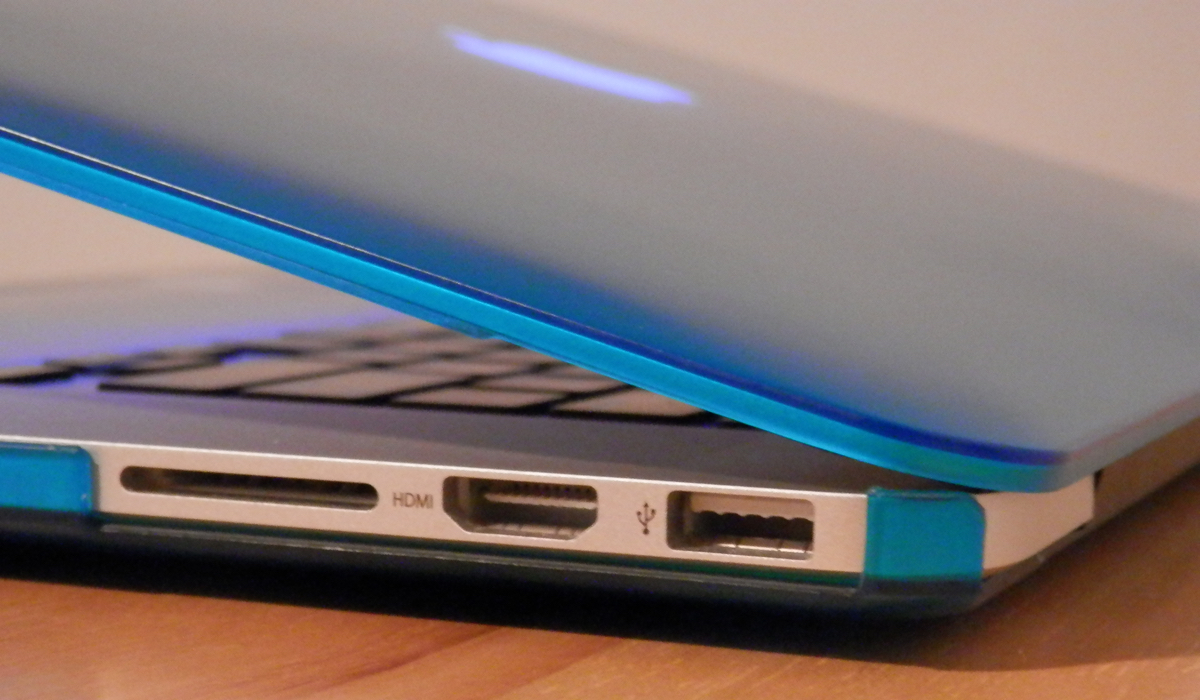

- BEST CASES FOR MACBOOK PRO WITH RETINA DISPLAY SOFTWARE
- BEST CASES FOR MACBOOK PRO WITH RETINA DISPLAY WINDOWS
Safari (right) on the rMBPĮven though Adobe had a Retina-aware version of Photoshop running at Apple’s WWDC keynote, the publicly available version of CS6 doesn’t feature the same support. Safari (right) on the rMBPĬhrome Canary fixes the text rendering issue but it has a similar problem displaying images, they simply look better in Safari: The famous example at this point is Google’s Chrome which has its own offscreen text rendering buffer, even though it uses Apple’s text rendering APIs:
BEST CASES FOR MACBOOK PRO WITH RETINA DISPLAY WINDOWS
If they don’t however, whatever routines they use to display windows and text will need to be Retina aware otherwise they run the risk of not scaling text properly. If third party applications use Apple’s standard methods of drawing text and windows, all of these windows will look super sharp. Again, the screen is drawn at 2880 x 1800 but everything is scaled up to be the same size it would be at 1440 x 900. If you fire up Chrome, Photoshop or Word you’ll see that everything looks identical to how it would look on a standard resolution 15-inch MacBook Pro. Third party applications without specific Retina Display support also operate in this same “looks like 1440 x 900” mode. The default "Best for Retina Display" setting, 2880 x 1800 but everything is scaled by 2.0 (4x resolution) No interpolation or filtering is necessary. This approach provides the best image quality as there’s integer mapping from pixels on the panel to pixels on the desktop. Apple draws everything at 4x the size to make the desktop behave exactly as it would on a 15.4-inch 1440 x 900 display - this is the backing scale factor (2.0) at work. In the default “best for Retina Display” setting, the desktop, menu bar, icons and Finder windows are drawn at 2880 x 1800, but they are drawn larger than they would normally be at 2880. Instead you get a horizontal list of scaling options (this applies to external displays as well): On the Retina MacBook Pro, Apple has done away with conventional resolution settings.

The 15.4-inch Retina Display has a native resolution of 2880 x 1800, that’s 2880 pixels across and 1800 pixels down for a total area of 5,184,000 pixels. It’s a bit complicated and confusing so let me try my best to explain what’s going on here in a practical sense.

These elements will receive the same linearly interpolated upscale I mentioned above. Bitmapped images are scaled up using linear interpolation, but if higher resolution assets are provided OS X can simply swap and use those on a Retina Display.Īpplications that render vector graphics, text and other elements to their own backing store will need hand tuning to look good on the Retina Display. should all look “normal” sized and just be ridiculously sharp on the Retina Display. Unmodified dialog boxes, toolbars, menus, etc. All vector based graphics and text using Apple’s APIs are automatically scaled up. This aspect of OS X is key to enabling good behavior in applications as you’ll soon see.Īpple does a lot of the display handling for you so you don’t have to think about any of this. The backing scale factor isn’t a global value, it can be set on a per element basis, allowing controls to to be legible while you get the benefits of a higher resolution for additional screen real estate.

In the case of the former you get 1:1 point to pixel mapping, while in the latter each point is backed by four pixels. The backing scale factor can either be set to 1.0 or 2.0. How pixels map to points is determined by the backing scale factor. Images are the same size, but made of 4x the number of pixels on Screen 1 compared to Screen 0 Points in OS X are now floating point values, as a single point can be represented by multiple pixels on a high density display. Traditional OS/display combinations had a 1:1 mapping between points and pixels. OS X, similar to iOS, uses points to represent display coordinates.
BEST CASES FOR MACBOOK PRO WITH RETINA DISPLAY SOFTWARE
The Software Side of Retina: Making it All Work


 0 kommentar(er)
0 kommentar(er)
